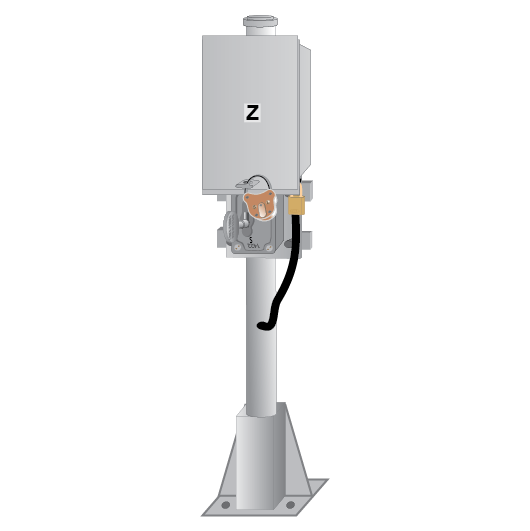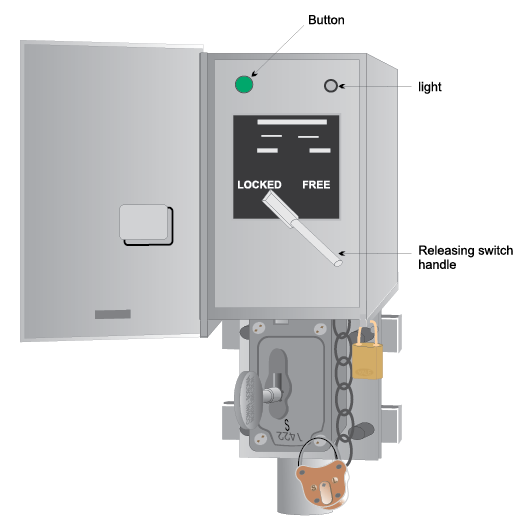Description
This document describes the procedure for using X, Y and Z keys.
Not what you are looking for? See more Procedures
Introduction
Removing an X, Y or Z key (maintenance releasing switch key) from its cabinet allows signals to clear only in the normal running-direction. It prevents bidirectional signalling in a section.
There may be up to three cabinets at a location. Removing any key is sufficient to prevent bidirectional signalling.
Preventing bidirectional signalling in a section
Unless an X, Y or Z key is taken, protection against rail traffic approaching from both directions must be provided for worksites.
When a Qualified Worker requests authority to remove an X, Y or Z key, the Signaller asks the Network Controller to authorise the release of the key.
Qualified Worker
- Ask the Signaller for authority to take the X, Y or Z key for the section.
- Make sure the indicator light is ON.
- Push the button.
- Turn the releasing switch handle to FREE.
- Remove the key from the lock. Check that it is the correct key for the section.
- Secure the key.
Restoring bidirectional signalling in a section
Bidirectional signalling is possible only when all keys are in their locks.
Qualified Worker
- Insert the key into the correct lock and turn the key.
- Turn the releasing switch handle to LOCKED.
- Tell the Signaller that the key has been returned.
Signaller
- Tell the Network Controller that bidirectional working is now available.
Keeping records
Network Controllers, Signallers and Protection Officers must make a permanent record of the removal and return of X, Y and Z keys.

